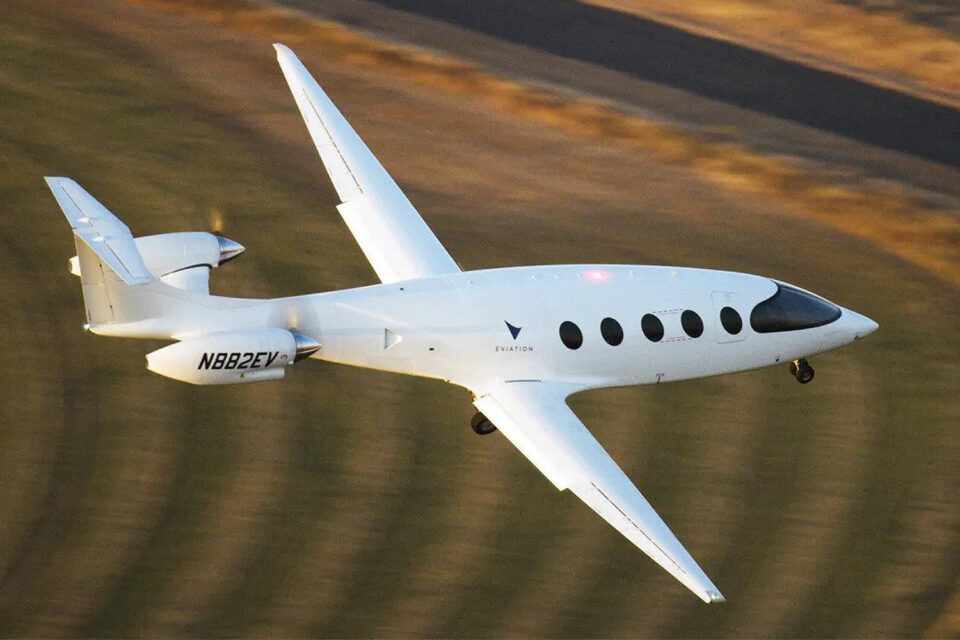Old four-engine DHC-7 to be converted to fly with electric motors

NASA and magniX have selected the old four-engine De Havilland DHC-7 turboprop as a test aircraft that will be equipped with electric motors. Air Tindi, from Canada, will supply the aircraft that will be converted by partially replacing the turboprop engines with the electric powertrain. The aircraft was unveiled this week at a ceremony in Seattle as part of NASA's Electrified Powertrain Flight Demonstration (EPFD) program.
According to magniX, the next phase will be to begin replacing two PT-6 engines with electric units in order to prepare the DHC-7 for its maiden flight in 2026. EPFD partners believe that the new configuration will reduce fuel consumption by up to 40%.
 NASA EPDF program will convert a DHC-7 to electric propulsion (magniX)
NASA EPDF program will convert a DHC-7 to electric propulsion (magniX)
Follow Air Data News: WhatsApp | Google News | Instagram | LinkedIn | Twitter | Facebook[1][2][3][4][5][6] "magniX and NASA are demonstrating that sustainable flight can be realized with technology that we have available today," said Ben Loxton, magniX's VP of EPFD and Electric Storage Systems (ESS). "The EPFD program is accelerating its readiness for entry into service, prioritizing safety and the highest standards of performance."
"We at NASA are excited about EPFD's potential to make aviation sustainable and more accessible to more U.S. communities," said Robert A. Pearce, associate administrator for NASA's Aeronautics Research Mission Directorate. "Hybrid electric propulsion on a megawatt scale accelerates U.S. progress toward its goal of net-zero greenhouse gas emissions by 2050, benefiting all who rely on air transportation every day."


magniX engine tested on several aircraft
magniX has led the development of 100% electric propulsion solutions in aviation, having carried out tests with adapted aircraft such as the Cessna Caravan and the DHC-2. The company also supplies the engines for Eviation's Alice prototype, a nine-passenger electric-powered aircraft currently in development.
The DHC-7, also known as the Dash 7, was a regional turboprop produced by de HAvilland Canada between 1975 and 1988, with only 113 aircraft completed.
Like others from the Canadian manufacturer, the DHC-7 was also designed for STOL (short takeoff and landing) operations.